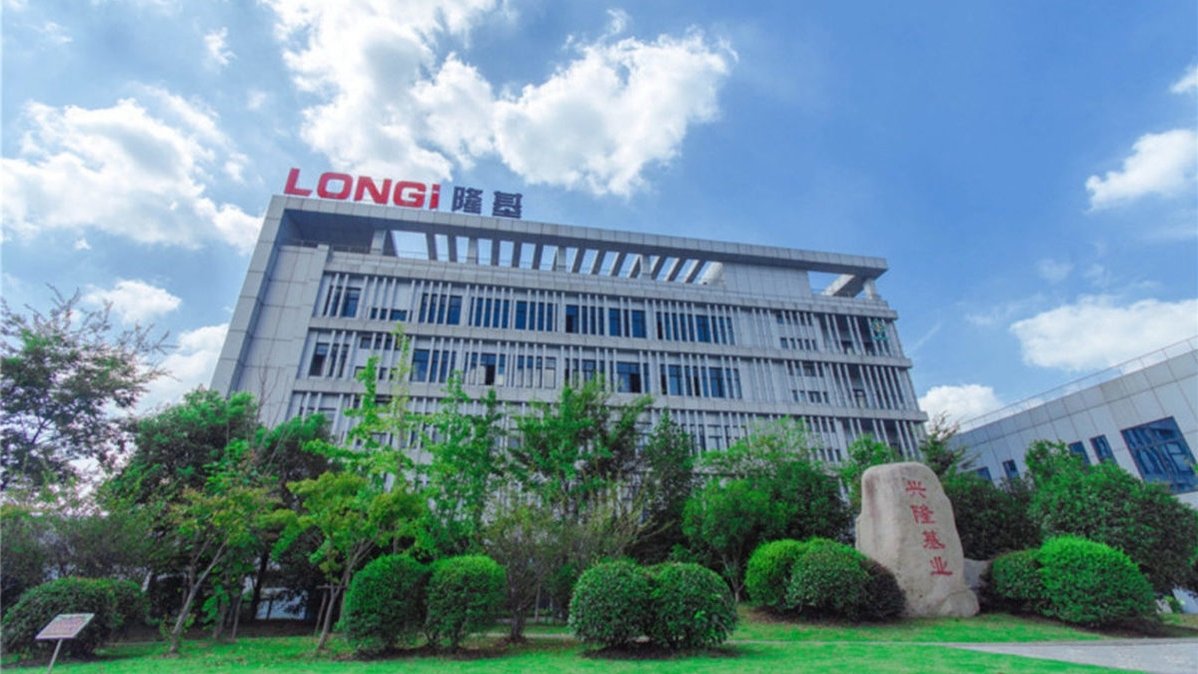The Unsettling Trend: Lower Bidding, Lower Quality
Within our very own solar PV component manufacturing industry, there lies a rather alarming issue: manufacturers winning bids by driving prices lower than production costs. Such a practice, while seemingly advantageous for the manufacturers initially, raises serious questions about the durability, safety, and efficiency of their products. When the product manufacturing cost is compromised, it is an accepted fact that the entire product lifecycle faces potential shortcomings. In simple words, such a practice is unsustainable in the long term.
Expert Insight by Zhong
One of the industry’s leading experts, Zhong, has expressed concern about the challenges posed by this trend. His primary concern is that these unsustainably manufactured products trickle down to the solar PV power plants, where they jeopardize the regular operations. Zhong calls the present situation a crisis and believes that a readjustment of practices is necessary to prevent a major industry setback.
Proposed Solutions to Counter the Problem
As an experienced mind in the field, Zhong has proposed a few measures to counter this prevalent issue. He suggests the introduction of a new method for bidding that sets aside the highest and lowest prices. By doing this, he believes, the industry would encourage manufacturers to bid responsibly and prevent extraordinarily low submissions.
In addition to the new bidding method, Zhong advocates for the implementation of strict regulations by the Chinese government that bar unreasonably low bid submissions. He is also vouching for the inclusion of factors other than price for consideration during the bidding process. Technological innovation and the reliability of the product, according to Zhong, should form significant aspects of the decision-making process.
Backdrop: A Closer Look at the Industry
While the industry battles its internal issues, parallel events are shaping its future. Of note is LONGi’s investment into the production of n-type technology back-contact cells. This investment promises to bring changes and potentially set a new trend within the solar PV industry.
However, concerns about an impending downturn in the solar PV manufacturing sector also loom large due to an overproduction and oversupply targeted particularly towards the European and American markets. This, too, could bring significant changes to the industry landscape.
Conclusion
As the solar PV component manufacturing industry grapples with these challenges, it stands on a knife-edge. The steps taken now will have a profound impact on the direction it takes in the future. The industry must adopt responsible and sustainable practices to ensure its survival.














